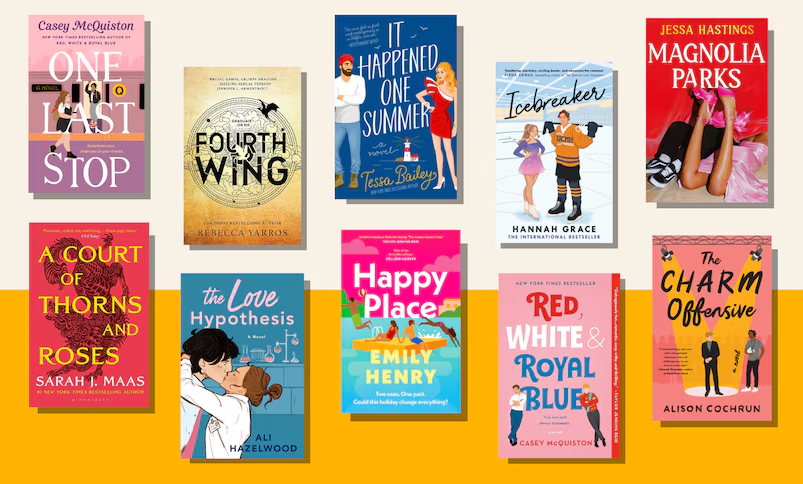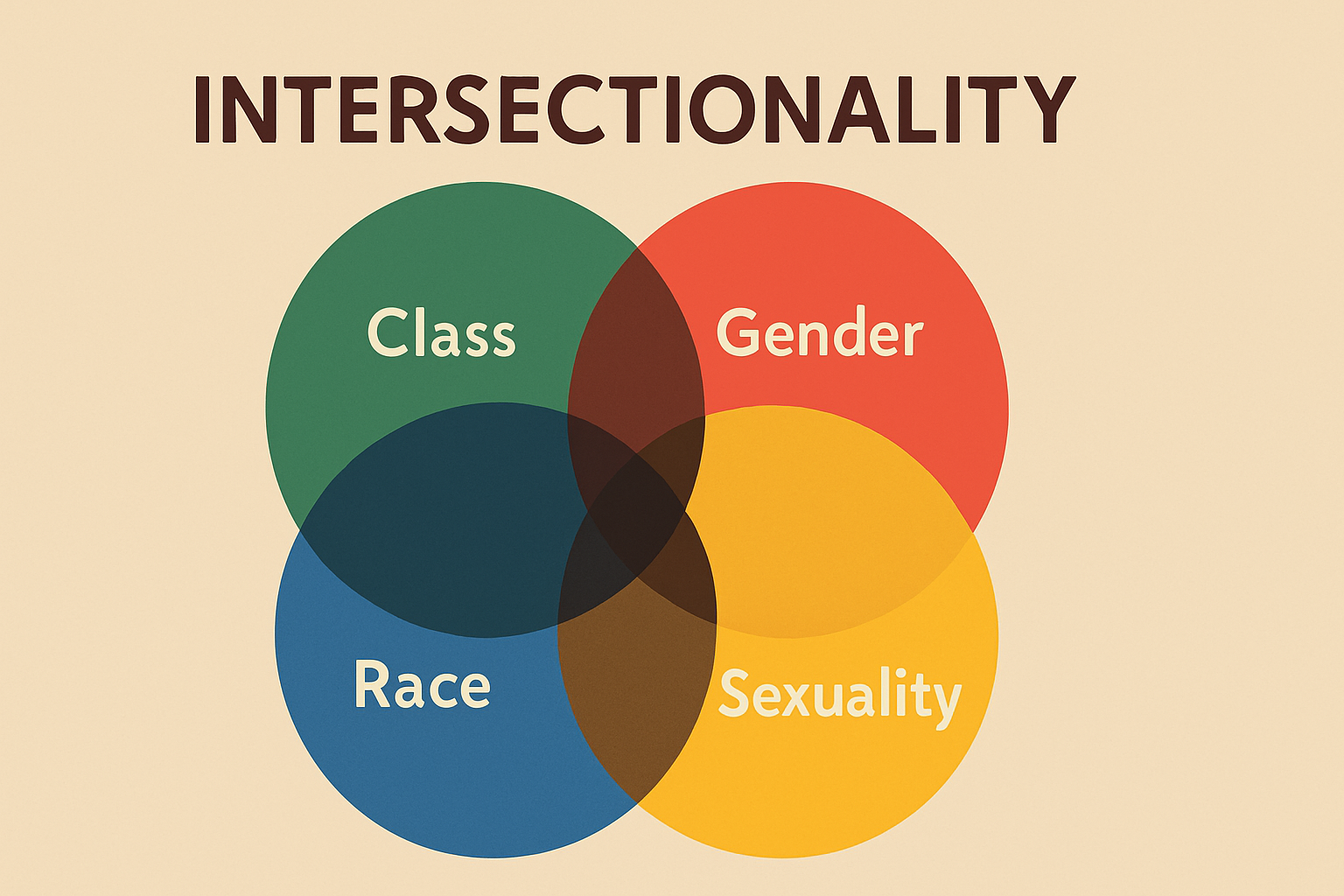
Romance novel have captivated readers for centuries, weaving tales of love, passion, and the complexities of human relationships. At their core, these stories explore the dynamics of love, often delving into themes of connection, conflict, and personal growth. This article examines the key elements that define romance novels, the various relationship dynamics they portray, and the impact they have on readers.
Key Elements of Romance Novels

1. Strong Character Development
The protagonists in romance novels are often well-developed characters whose journeys of self-discovery and emotional growth are central to the narrative.
- Relatable Flaws: Characters typically possess relatable flaws and insecurities, making their journeys more authentic and engaging. Readers connect with their struggles and triumphs, deepening their investment in the story.
- Dynamic Relationships: The evolution of relationships is a hallmark of romance novels. Characters often undergo significant changes as they navigate their feelings for one another, leading to personal growth and transformation.
2. Emotional Conflict
Conflict is essential in romance novels, serving as a catalyst for character development and relationship dynamics.
- Internal Conflict: Characters may grapple with personal fears, insecurities, or past traumas that hinder their ability to love fully. This internal struggle adds depth to their journey and creates tension in the narrative.
- External Conflict: External factors, such as societal expectations, family pressures, or misunderstandings, often challenge the characters’ relationships. These obstacles create tension and propel the plot forward, keeping readers engaged.
3. Themes of Love and Connection
Romance novels explore various themes related to love and connection, reflecting the complexities of human relationships.
- Unconditional Love: Many romance novels depict the idea of unconditional love, where characters accept and support one another despite their flaws. This theme resonates with readers who long for deep emotional connections.
- Second Chances: The theme of second chances is prevalent in romance, highlighting the potential for redemption and growth in relationships. Characters often confront their past mistakes and strive to rebuild their connections.
Relationship Dynamics in Romance Novels
1. Opposites Attract
The “opposites attract” dynamic is a popular trope in romance novels, where characters with contrasting personalities or lifestyles find themselves drawn to one another.
- Conflict and Chemistry: This dynamic often leads to intense conflict and chemistry, as characters navigate their differences while discovering common ground. The tension between opposing traits can create a compelling narrative arc.
- Personal Growth: Through their relationship, characters often learn from one another, leading to personal growth and a deeper understanding of themselves and their partner.
2. Friends to Lovers
The “friends to lovers” trope explores the transition from friendship to romance, highlighting the depth of emotional connection that can exist between friends.
- Emotional Intimacy: This dynamic emphasizes emotional intimacy and understanding, as characters build a strong foundation of trust and support before venturing into romantic territory.
- Fear of Losing the Friendship: The fear of jeopardizing their existing friendship adds tension to the narrative, as characters grapple with their feelings and the potential consequences of pursuing a romantic relationship.
3. Forbidden Love
Forbidden love narratives explore relationships that face societal or personal obstacles, creating a sense of urgency and intensity.
- Societal Expectations: Characters may come from different backgrounds, face family disapproval, or contend with cultural differences, making their love feel daring and rebellious.
- Emotional Stakes: The stakes are often high in forbidden love stories, as characters must navigate their feelings while confronting external pressures. This dynamic adds depth to the romance and heightens emotional engagement.
4. Enemies to Lovers
The “enemies to lovers” trope features characters who initially clash or oppose one another but gradually develop romantic feelings.
- Tension and Banter: The initial animosity creates tension and sparks witty banter, making the eventual romance more satisfying for readers.
- Transformation: This dynamic often involves significant character transformation, as characters learn to see beyond their differences and appreciate one another’s strengths.
Impact of Romance Novels on Readers
1. Emotional Connection
Romance novels evoke strong emotions, allowing readers to connect with the characters and their experiences.
- Empathy and Understanding: Readers often empathize with the characters’ struggles and triumphs, fostering a sense of understanding and connection to their own lives.
- Catharsis: The emotional rollercoaster of romance novels provides catharsis, allowing readers to experience a range of feelings, from joy to heartbreak, in a safe and controlled environment.
2. Exploration of Relationships
Romance novels serve as a lens through which readers can explore different relationship dynamics and scenarios.
- Reflection on Personal Experiences: Readers may see reflections of their own relationships in the characters’ journeys, prompting introspection and self-discovery.
- Learning from Challenges: The challenges faced by characters in romance novels can offer valuable insights into navigating real-life relationships, providing readers with tools to address their own relationship dynamics.
3. Empowerment and Hope
Romance novels often convey messages of empowerment and hope, encouraging readers to believe in the possibility of love and connection knowledge.
- Positive Outcomes: Many romance novels conclude with happy endings, reinforcing the belief that love can triumph over adversity and that personal growth is achievable.
- Inspiration: The journeys of the characters can inspire readers to pursue their own romantic aspirations and foster meaningful connections in their lives.
Conclusion
Romance novels are a rich exploration of love and relationship dynamics, offering readers a diverse array of characters, conflicts, and themes. Through strong character development, emotional conflict, and relatable relationship dynamics, these stories resonate with readers on multiple levels. The impact of romance novels extends beyond entertainment, providing insights into the complexities of love and the human experience. As readers immerse themselves in these narratives, they are invited to reflect on their own relationships, embrace the power of love, and find hope in the possibilities of connection.
Read Also About Narratives of care are the personal stories and experiences shared by patients, caregivers, and healthcare professionals, offering insight into the emotional, psychological, and social aspects of care.







